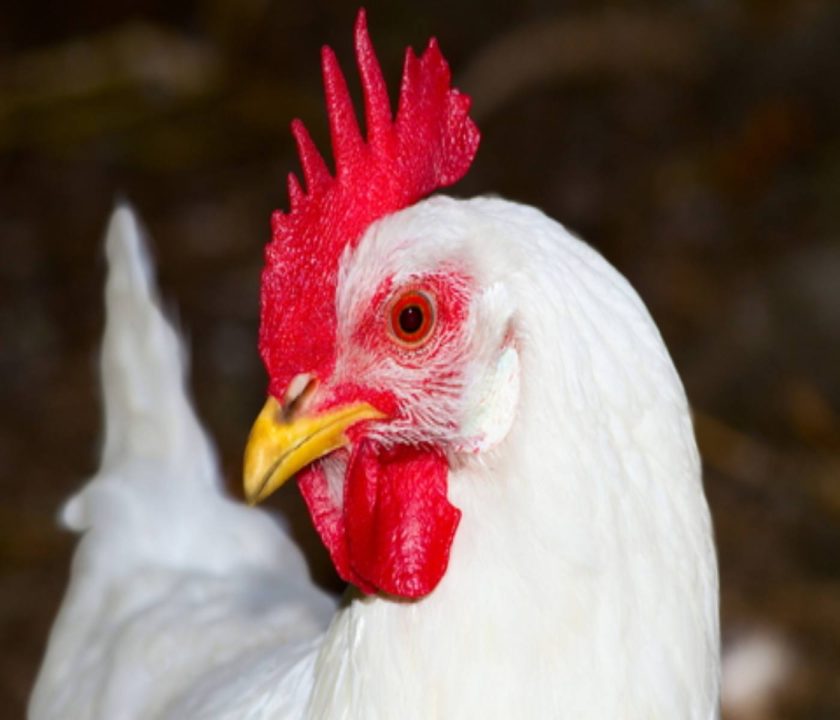Although in a breeder flock, both sexes are responsible for good fertility, raising and keeping good quality males during the rear and throughout the stage of production is particularly important. A well-developed body is the basis for keeping fertility at a high level over a long period of time.
Raising in the first days
The key to promoting and developing a good strong skeletal frame size for males is to provide the correct environmental conditions and encourage good feeding and drinking behavior during the brooding period.
RECOMMENDED ENVIRONMENTAL CONDITIONS AT THE TIME OF PLACING DAY-OLD CHICKS
- Air temperature 30°C (86.0°F), measured at chick height in the area where feed and water are positioned
- Litter temperature 28-30°C (82.4-86.0°F)
- Relative humidity 60-70%
- Light intensity 80-100 lux (7.4-9.3 fc)
- Feed on paper covering 100% of the rearing space
- Twelve feed trays per 1000 chicks
- Eight bell drinkers and 12 mini drinkers per 1000 chicks
- Eight to 12 birds per nipple drinker
If possible, an initial visual grading of the males should be done around 7-10 days of age with chicks graded into three or four subgroups according to body size and weight. This will help promote a good start and provide chicks with equal access to feed and water.
SELECTION & SEPARATION
By four weeks of age, the average weight of males should reach approximately 755 g, ranging up to 800 g.
At 28-29 days of age (when 50% of the skeleton has developed) a full evaluation of the flock should be made.
Birds are graded and separated into different weight categories (light, average, and heavy). In this way each group is raised separately to achieve the final body weight and desired uniformity.
Poor quality males should be removed and a male reduction program implemented, which removes very light males or those with physical defects.
To further improve the uniformity of the males, it is advisable to make up to four selections during the rearing period.
That is, at 4, 10, 15 and 20 weeks of age, removing males with a poor physical condition and relocating the males within the groups according to their weight.
In this way we can ensure the maximum possible uniformity in each flock. The objective is to
Keep up to date with our newsletters
Receive the magazine for free in digital version
REGISTRATION
ACCESS
YOUR ACCOUNT
LOGIN
Lost your password?

